TABLE RUNNERS
The designs used for pillow covers can easily be stitched on a table runner.
The finely-woven faux burlap table runner is 15" wide and has a fringe around the entire runner. It is machine-washable, but should be hung to dry. It is a less-expensive alternative to linen. When determining the length, add 12" for overhang on each end of the table or buffet. Example: a 36" table or buffet top would require a 54" finished runner. Length is up to 109".
The Belgian linen table runners are 15" wide. When determining the length, add 12" for overhang on each end of the table or buffet. Example: a 36" table or buffet top would require a 54" finished table runner. Length is up to 120".
Click here to view all of our available table runner designs.
|
|
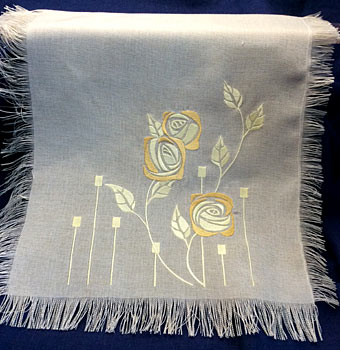
|

Choose from these designs:
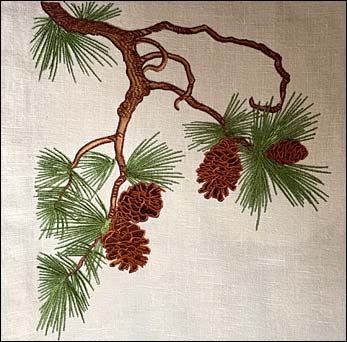 |
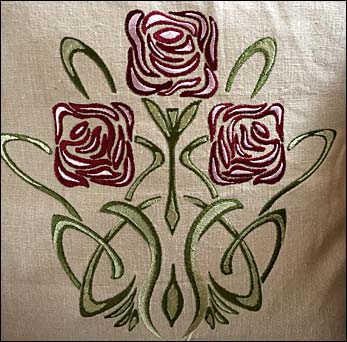 |
|
Pine Branch |
Mackintosh Rose Trio |
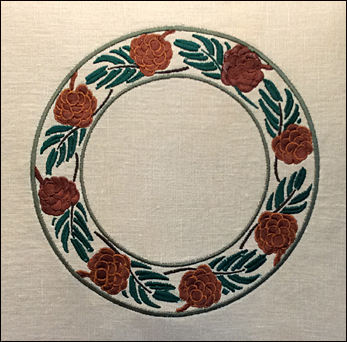 |
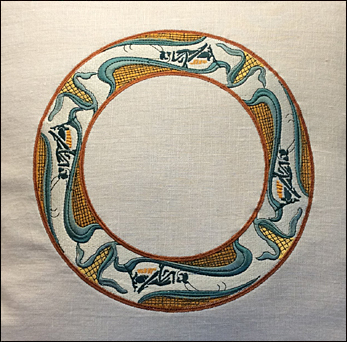 |
|
Pine Cone Wreath |
Grasshoppers and Corn Wreath |
 |
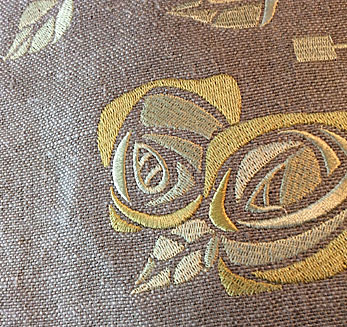 |
|
Ginkgo Branch |
Yellow Rose |
 |
|
|
Marsh Dragonflies |
|
Your pillow cover color:
 |
|
Oatmeal |
|
TABLE RUNNERS - Free Shipping!
|
Ginkgo Branch
|
$125
|
|
Mackintosh Rose Trio
|
$125
|
|
Pine Branch
|
$150
|
|
Yellow Rose
|
$125
|
|
Marsh Dragonflies
|
$125
|
|
Pinecone Wreath
|
$120
|
|
Grasshoppers and Corn Wreath
|
$120
|
|
Machine Embroidery & Care
Linen is an extremely durable fabric and the rayon thread is color-fast. Wash the pillow cover or table runner in cool water with detergent or soap. Tumble in your dryer until damp dry and then hang until dry. Linen does wrinkle, but can be ironed, placing the design face-down on a towel, using the linen and steam setting on your iron. The towel will keep the design from flattening.
After many years of collecting embroidered textiles via yard sales, estate and antique auctions, and from my own grandmother and great-grandmother, the decision to use these fragile items on a daily basis was not difficult, I wouldn't use them!
When I started using the modern embroidery machines, I realized they could be used to replicate quality embroidery designs, and best of all, the end result would be durable enough for everyday use. I began searching for designs that could be transformed into beautiful machine embroidery. I use rayon thread as the 1900's people did with many embroidered textiles because rayon, originally known as viscose, was less expensive and more available than silk.
Blue Ice Textile Embroidery :: (907) 209-1296 :: Email: blueicetextileembroidery@gmail.com
|







